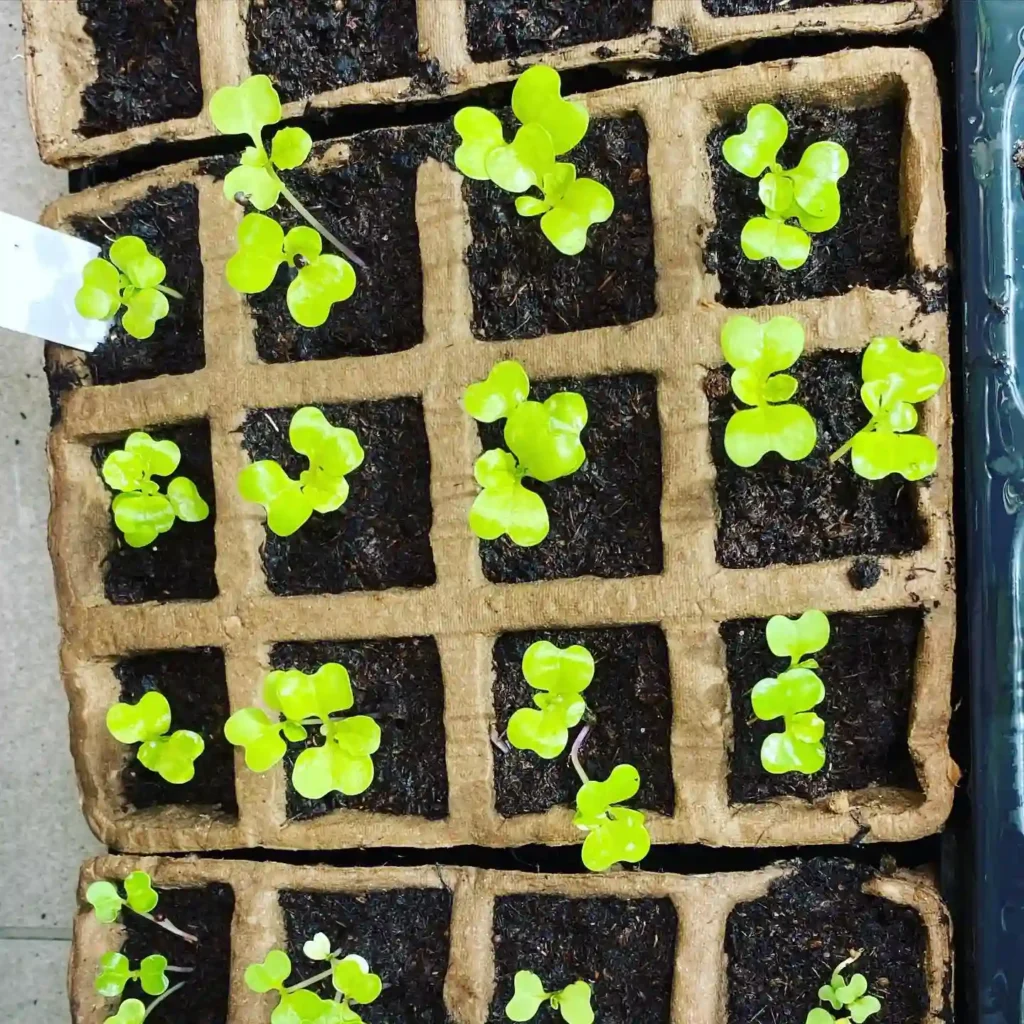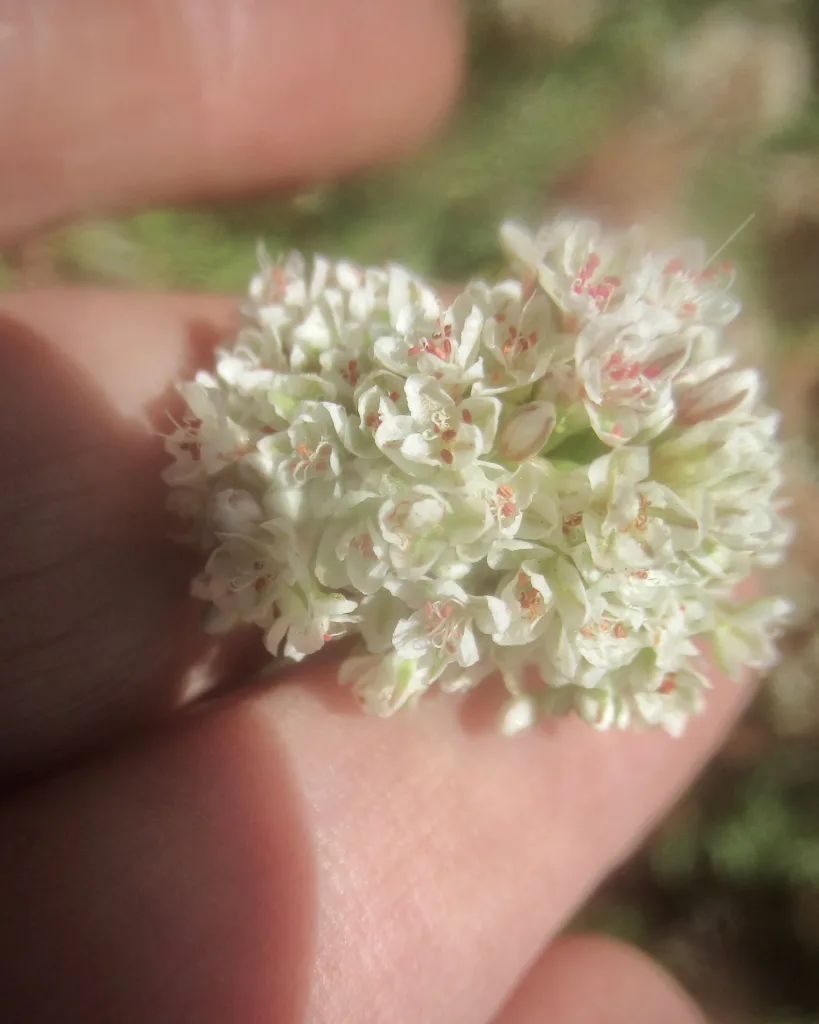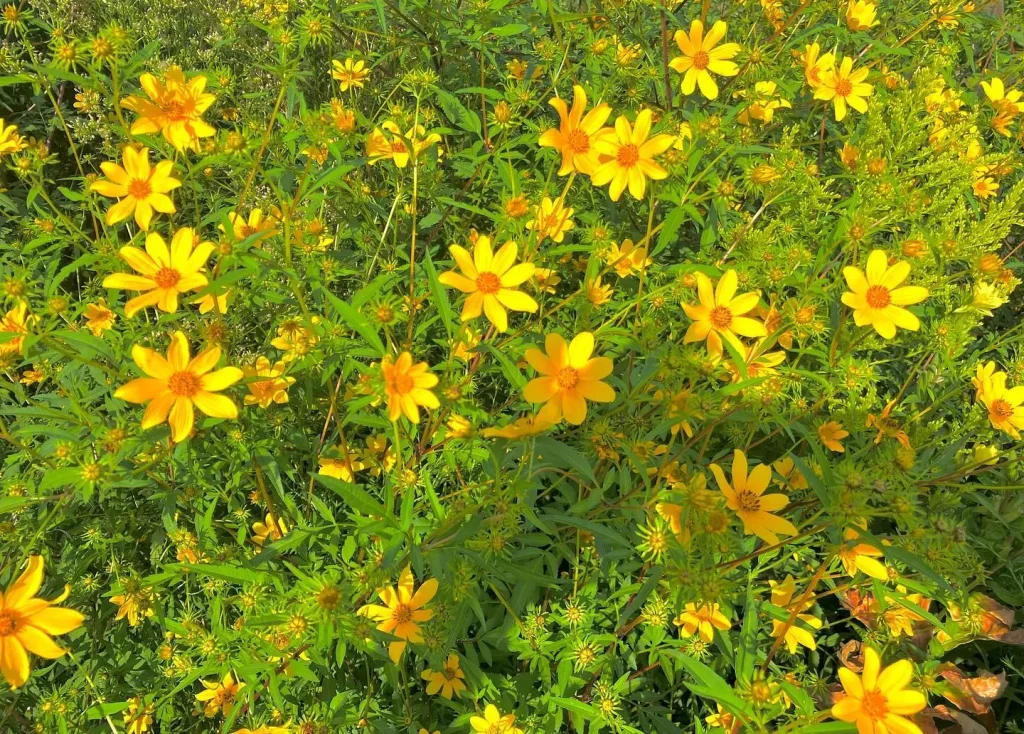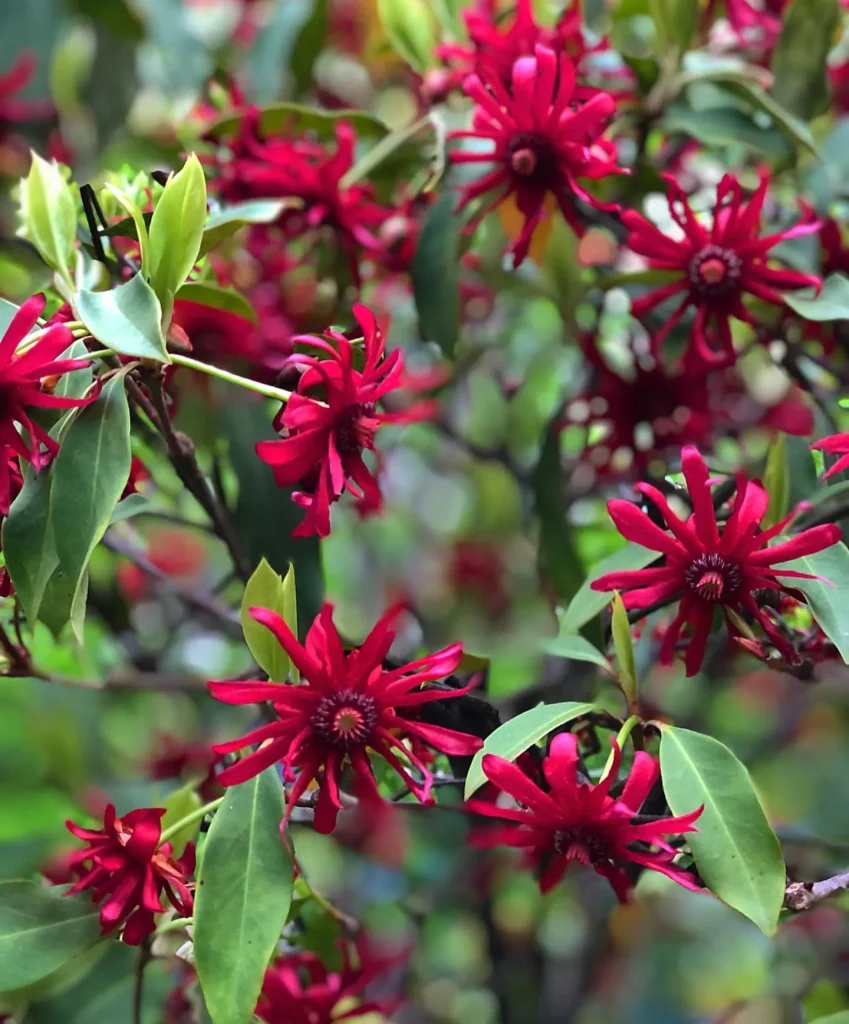What is Cirsium Arvense?
Cirsium Arvense, commonly known as Canada Thistle or Creeping Thistle, is a perennial weed native to Europe and Asia. It’s notorious for its aggressive growth and ability to spread quickly through its rhizomatous root system. This plant features spiny, deeply lobed leaves and purple to pinkish flowers that bloom from June to September. It’s often found in fields, gardens, and disturbed areas, where it competes vigorously with other plants.
471 Species in Genus Cirsium
Cirsium Arvense vs Cirsium Vulgare
Many people confuse Cirsium Arvense with Cirsium Vulgare, commonly known as Spear Thistle. While both are thistles and share some similarities, there are key differences. Cirsium Vulgare has larger, more deeply cut leaves and tends to grow taller than Cirsium Arvense. The flowers of Cirsium Vulgare are also usually more vibrant and larger compared to the smaller, less conspicuous flowers of Cirsium Arvense. Additionally, Cirsium Arvense spreads through its roots, whereas Cirsium Vulgare is more likely to spread by seed.
How to Care for Cirsium Arvense?
Cirsium Arvense is often considered a troublesome weed due to its invasive nature. If you’re dealing with it in your garden, regular maintenance is crucial. The best approach is to manage its spread rather than trying to eliminate it completely. Here are a few tips:
- Regular Mowing: Cutting the plant before it flowers can help reduce seed spread and control its growth.
- Root Removal: Removing the roots as thoroughly as possible can prevent regrowth. This is often easier when the soil is moist.
- Mulching: Applying mulch can help suppress new growth by blocking light and preventing seeds from germinating.
How to Propagate Cirsium Arvense?
Propagation of Cirsium Arvense is generally not desired due to its invasive nature. However, if you’re interested in growing it for research or educational purposes, propagation is typically through seed or root cuttings. The seeds need a period of cold stratification before they can germinate, while root cuttings should be planted in well-draining soil.
What to Plant With Cirsium Arvense?
If you must plant alongside Cirsium Arvense, consider choosing hardy perennials or groundcovers that can compete with it. Plants such as clover or creeping thyme might help suppress its growth by outcompeting it for resources. However, the best strategy is often to control Cirsium Arvense directly rather than trying to plant companions.
Can You Grow Cirsium Arvense Indoors?
Growing Cirsium Arvense indoors is not practical or advisable. It’s a plant that thrives in outdoor conditions and can become quite invasive. Its aggressive nature and the difficulty of managing its growth make it unsuitable for indoor gardening.
Is Cirsium Arvense Toxic?
Cirsium Arvense is not known to be toxic to humans or animals. However, its spiny leaves can cause skin irritation if handled without gloves. It’s always best to wear protective clothing when dealing with this plant to avoid any potential irritation.
Benefits of Cirsium Arvense
Despite its reputation as an invasive weed, Cirsium Arvense does have some benefits. It can provide nectar for pollinators like bees and butterflies. Additionally, its deep root system can help with soil aeration and stabilization in some cases. However, these benefits are often outweighed by the plant’s tendency to outcompete other vegetation.
Common Problems with Cirsium Arvense
Cirsium Arvense is notorious for its resilience and ability to spread. Some common problems associated with this plant include:
- Invasiveness: It can quickly take over gardens and fields, displacing native plants and reducing biodiversity.
- Difficulty in Eradication: Due to its deep root system, it is challenging to remove entirely once established.
- Allergic Reactions: Some people may experience allergic reactions to the plant’s pollen or spines.
Comparing Cirsium Arvense with Similar Plants
When comparing Cirsium Arvense with other thistle species or invasive plants, it’s important to recognize its specific characteristics. For instance, Cirsium Arvense is more aggressive in its spreading through roots, unlike some other thistle species that spread mainly by seeds. Understanding these differences can help in managing and controlling its growth effectively.
Final Thoughts
Cirsium Arvense, or Canada Thistle, is a robust and invasive plant that presents several challenges for gardeners and landowners. While it has some ecological benefits, its tendency to spread rapidly and dominate other plants makes it a problematic weed. Understanding how to manage and control its growth can help mitigate its impact on your garden or landscape.
If i die, water my plants!



